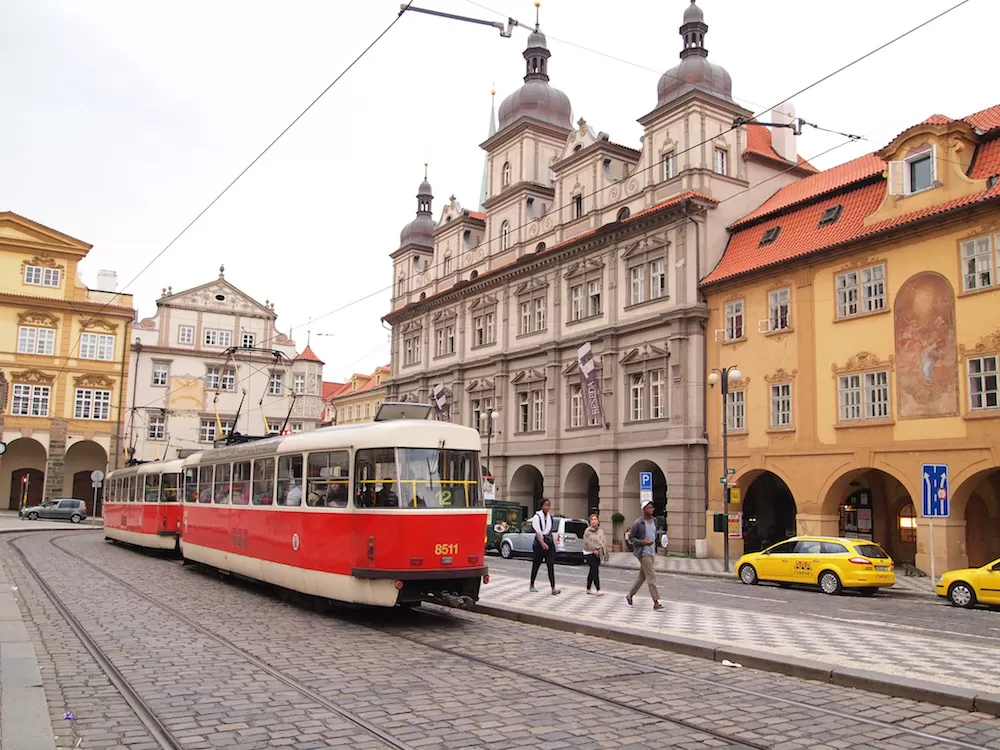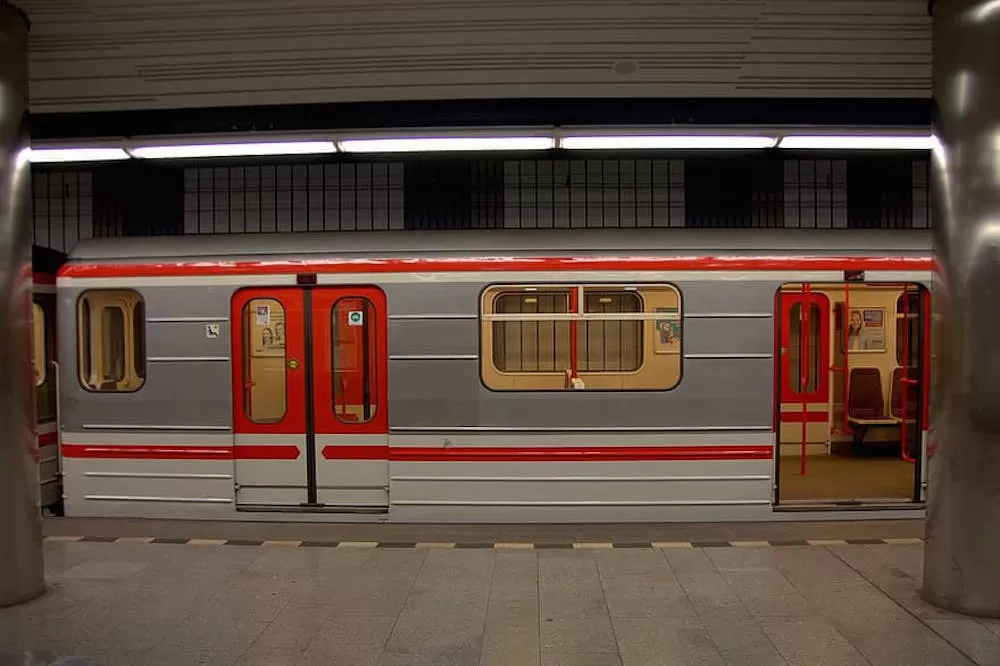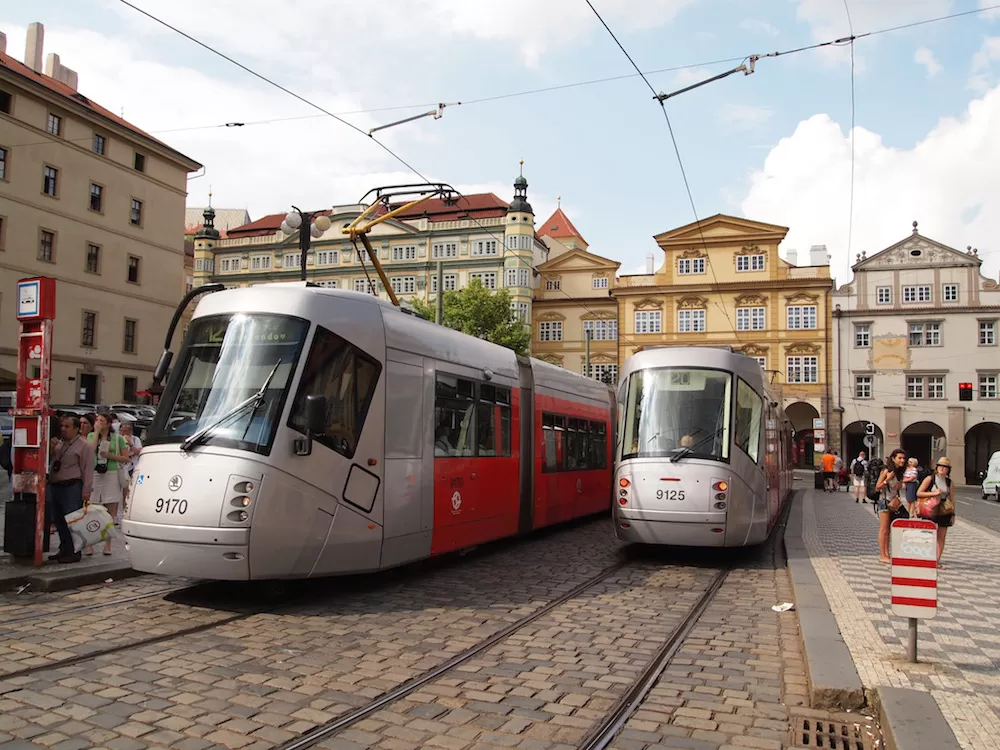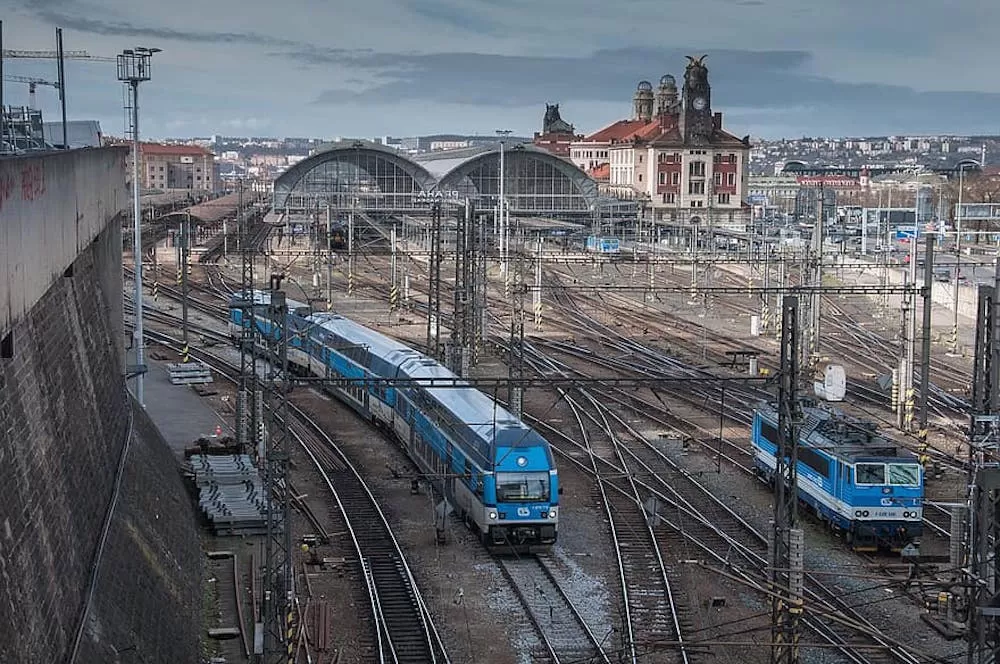
In terms of public transportation in Prague, the first you ought to know about are the travel passes on offer here. They're ones you'd really benefit from if you're one to commute here, both financially and time-wise. For residents, there are the long-term passes that can be used for a month, a quarter of a year, five months, and for a whole year. Since the coverage in these passes are quite long, they're quite expensive, ranging from 550 Kč to 4,750 Kč. Visitors, on the other hand, can make do with the short-term passes. They cover from 24 to 72 hours with a price range of 110 tKč o 310 Kč.
If a major city doesn't have a metro system, is it really a major city? Prague joins the likes of D.C., Paris, and London as a capital city that has its own underground metro system. Running from 4:45 am in the early hours of the morning to midnight the next day, it's a common mode of transportation among the city's residents. It also helps that the system has three separate lines that go to many Prague neighborhoods as well as a connection to the Václav Havel Airport. In fact, it's even considered the fifth busiest underground metro system in all of Europe, carrying around 1.6 million people every day.

As far as buses are concerned, the ones in Prague are comfortable, efficient, and fast. Arguably a lot more people ride them to travel around the city because the system has expanded to cover even the outskirts of the Czech capital. Areas that are otherwise not reachable via metro or trams are now part of the many bus routes of this public transport system. Every day, they operate from 4:20 am in the morning to midnight of the next day. On weekends, night buses are available from 12:00 am to 4:30 am, though they only operate in 30 or 60-minute intervals.
If you're a tourist or your destination isn't too far from your starting point, a tram might be a better alternative. This system, which is one of the oldest of its kind in the world, is sort of in-between the Prague metro and bus systems. It certainly has more coverage than the metro system, allowing for more people to opt to ride it. But at the same time, it's also less busy than the buses, most probably because buses go to areas that the trams don't cover. As for tourists, the tram system is the only mode of public transportation where one can still see the city while riding it.

As already mentioned, riding Prague's metro system is an efficient way to go to and from the Václav Havel Airport. But it doesn't exactly have a direct connection. In order to actually get to the airport, you'll need to ride the bus route that goes directly there. Fortunately, the buses on these routes have stops that are near or the same stations as that of the subway system. If money isn't a problem for you, taking a taxi is the fastest way to go to and from the airport. You'll see many lined up outside while a good many others can get you there from the city a well.
Now, what if you're planning on going outside of Prague for a little trip? What do you use? A regional train service! Companies like České dráhy, LEO Express, Olomouc and more operate trains that go to and from Prague leading to the neighboring big cities in the Czech Republic. They all mostly start at Prague Main Station. At the same time, a few bus lines also serve those who go outside of the city. Though taking them would be more time-consuming than riding the trains, they are on the cheaper side of things.

Prague isn't just the beautiful capital city of the Czech Republic. It's also a modern and easy city to visit or even live in. Thanks in large part to its public transport. Extremely efficient systems that help make traveling around the city as seamless as possible!
If you're ever planning on visiting or moving here, a luxury Prague rental would be your best option for accommodation!